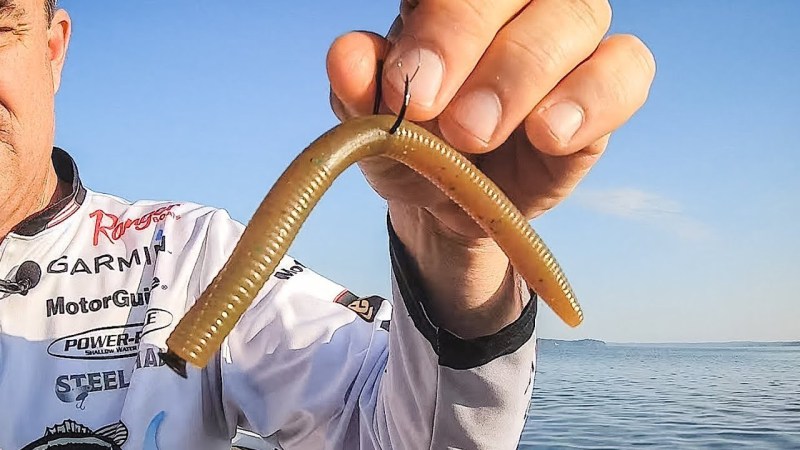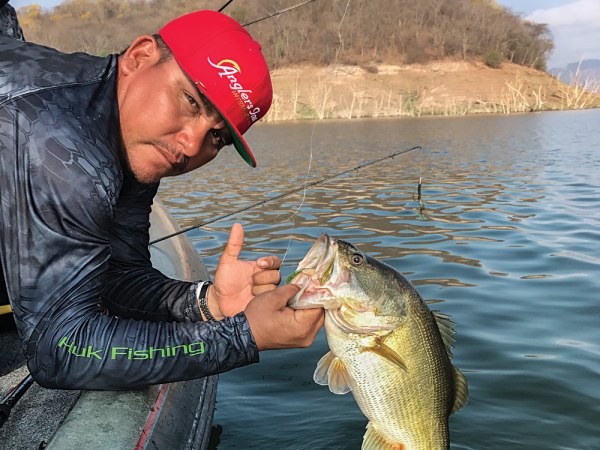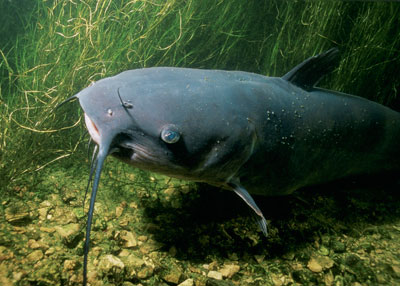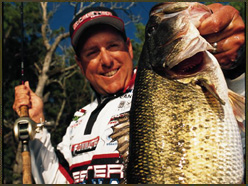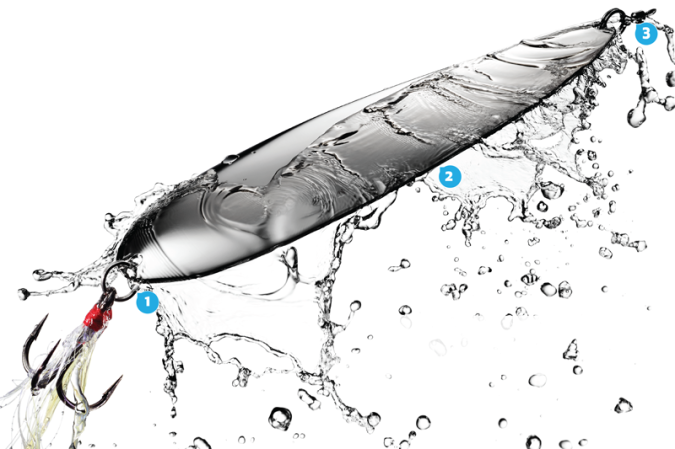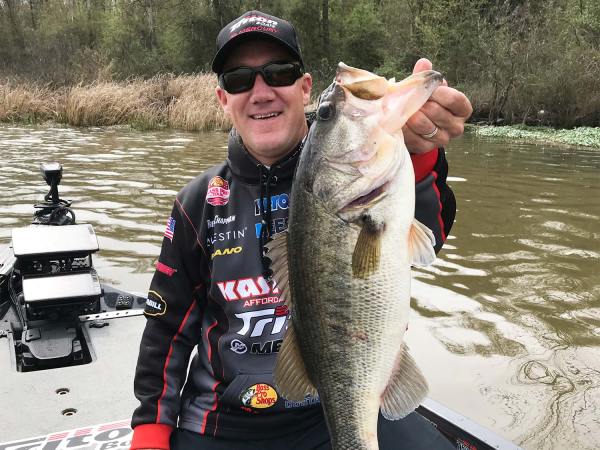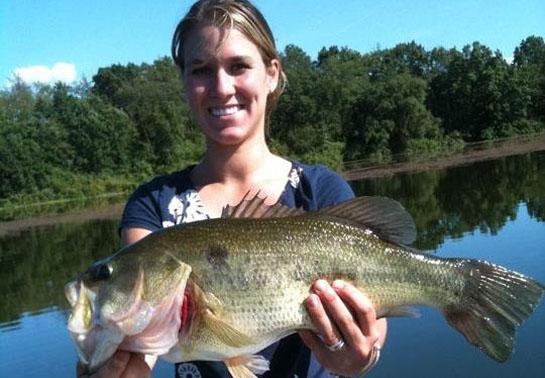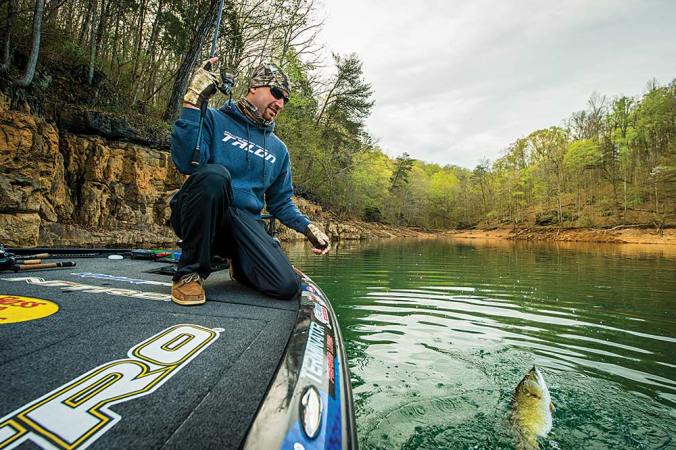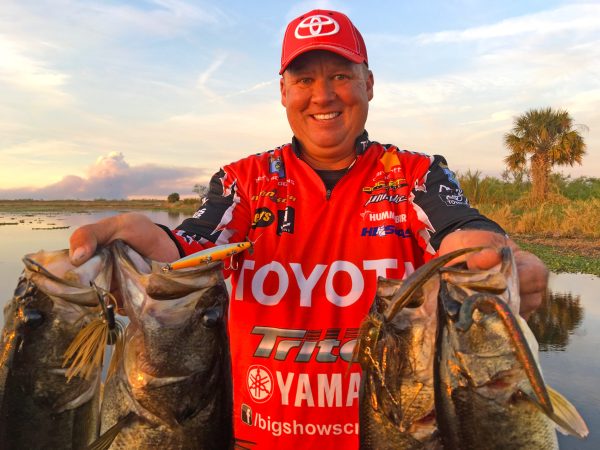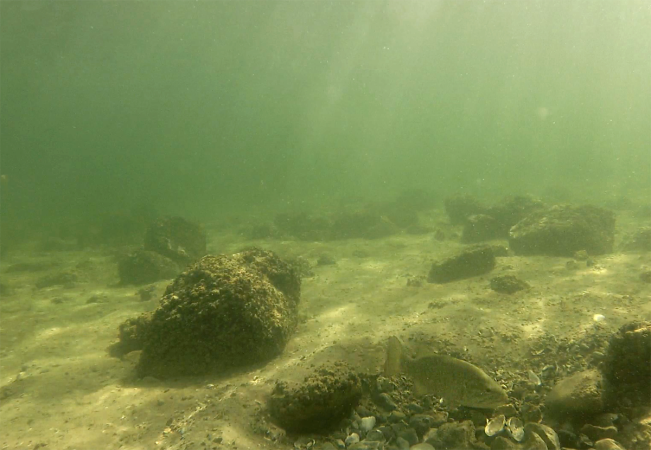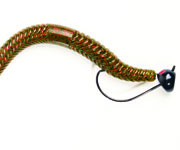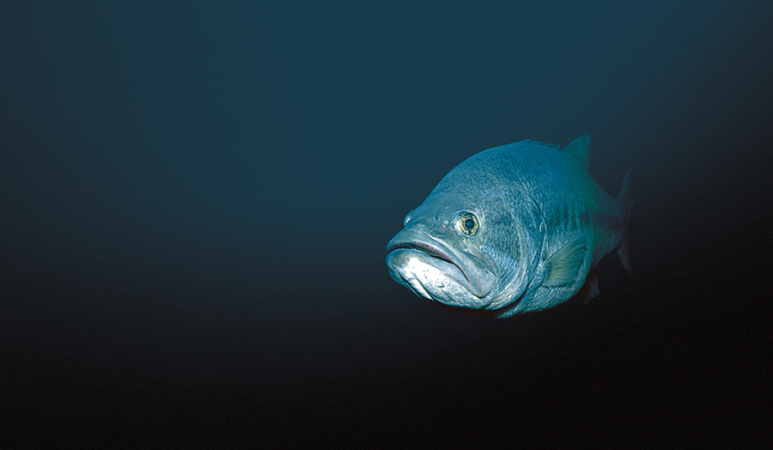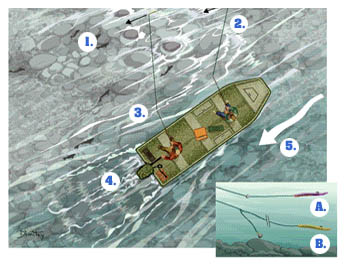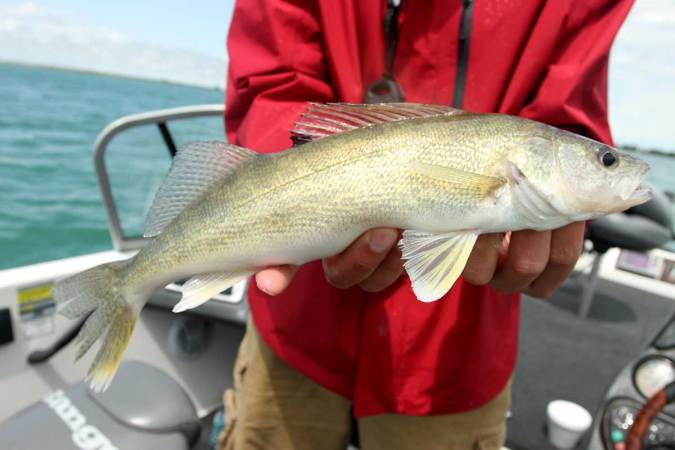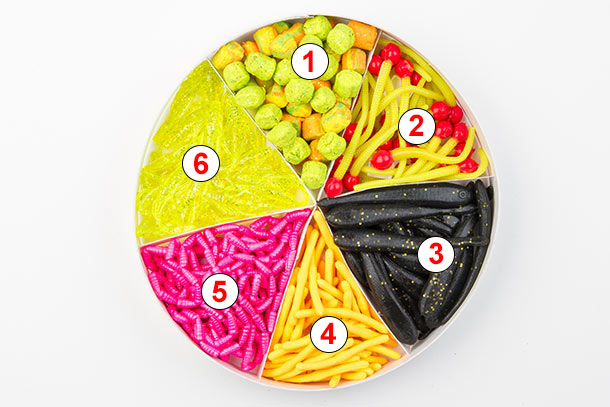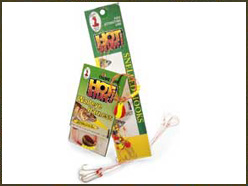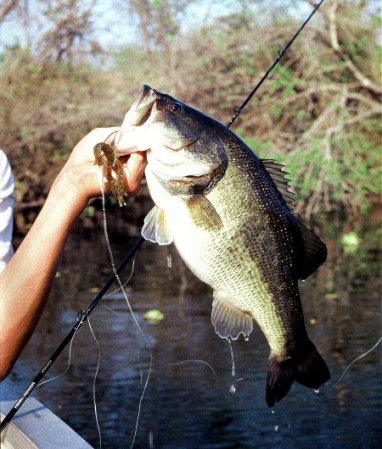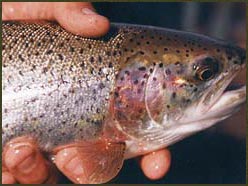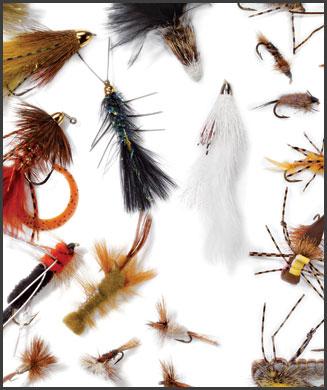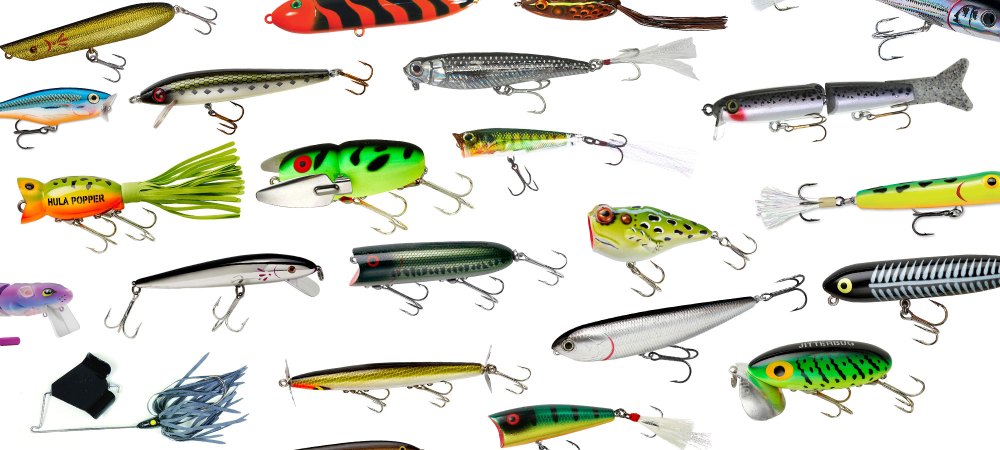We don’t really need a Dr. Phil of fishing, but sometimes I think it would be nice to have such a person around. A fishing therapist could help keep us from bogging down like beasts in the La Brea Tar Pits as we try to decide on that one perfect plastic lure and rigging for the job at hand.
It would truly be wonderful to have one simple plastic “silver bullet,” but that’s not possible. To deal with frequently changing fishing situations we need a number of designs and riggings; the frustration comes from a seemingly endless menu of possibilities. In order to reduce your hand-wringing over choices, I’ve selected a few favorite systems and uses for worms, soft jerkbaits, tubes and paddletails. They’re guaranteed to solve most of your fishing problems. Just don’t start calling me Dr. Phil.
GO WACKY IF YOU WANT
Most anglers understand the frequent need to alter the look or action of each “tableau” we present to our finned friends, and that holds true even for the simple but effective wacky worm. Adding weight to wackies is one way. Now comes the addition of “arm” weights both for deeper fishing and to change the action of those waving extremities. Lunker City’s ball-end Wacky Weights are ideal. Ridges keep the weights in place. Simply embed them in a worm’s ends–or only in one end for truly erratic behavior.
Though wacky worms are usually fished near the surface, with only the weight of the hook to sink them slowly, there’s no reason why you can’t fish a non-weighted wacky closer to the bottom. To do that, use a slip sinker or Carolina rig with a tiny bit of pegged Styrofoam somewhere on the leader to float the worm at whatever depth is desired. Also, try fishing a wacky conventionally but with one of Falcon Lures’ K Wacky hooks, featuring a built-on shank weight located near the eye. Models with or without weed guards are available from Falcon (337-232-7326). The forward weight location encourages the hook’s business end to ride up as the lure drops.
JERKBAITS AT ANY DEPTH
Since the original Slug-Go made history we’ve been catching things on these lures, mainly while they were fished weightless just beneath the surface. However, various weighting styles allow you to fish soft jerkbaits dropping, suspended or on the bottom.
Weighting away from the lure on the line preserves the inherent gliding action of the soft sticks. Split shot, split shot plus a slip float, Carolina rig–all have their applications depending on depth and location. My favorite technique involves using a small (2 1/2-to 3-inch) soft jerkbait rigged drop-shot style. Drop-shotting is not only for deeper water, so use this rig off subtle breaks near shallows as well. Though I usually use larger baits in the summer, I’ll drop back to this finesse method if the fish are balky. Rather than normal weedless horizontal hooking, just hook the bait once through its nose and see what happens.
To maintain a more horizontal drop with weight at the lure, try one of Daiichi’s Copperhead hooks with the little screw at the eye. Weight the hook shank using a cone sinker you’ve sawed halfway through lengthwise. Crimp it to the hook. Alternatively, Lunker City’s Belly Weights do the same thing, as do Falcon Lures’ Bait-Jerker pre-weighted hooks. They’re available rigged either with Gamakatsu’s G-Lock hook (whose point and barb angle slightly downward) or Super Line offset wide-gap. The tapered weight lets you rig the bait weedless (Texas-style) without tearing it.
Body-weighting soft jerkbaits is ideal when working lures over weeds, in pockets, outside weed lines or along deeper structure. Insert two (or more, depending on lure size and depth requirements) nail-type weights crosswise in the lure’s body behind the hook bend. Clip off the weights flush with the lure body. After you let the lure sink, twitch it once and let it fall. It’ll drop down to fish hiding out of the light in weeds or rocks, and is hard for them to refuse.
In summer I mainly use a 6-inch soft jerkbait and in fall often switch to fluke-tail styles like the Fin-S Fish, Zoom Fluke or Power Jerk Shad in sizes and colors matched to the forage.
THINGS TO DO WITH TUBES
Tubes first became popular as finesse baits to be used around “clean” cover, but we soon found they are just fine bashing about in weeds, brush or other sticky stuff. In thicker cover the best rigging methods are: 1) Texas-rigged with a cone-shaped slip weight on the line ahead of the hook; 2) rigged with an internal weight designed for tubes; and 3) on a weedless jighead.
I have two favorite internal specialty weights. One is Woo Daves’ tungsten-impregnated plastic plug, which you insert like a stopper and rig Texas-style to make the bait effectively weedless. The weight, which is available from Bass Pro Shops, can be cut to suit. Another new weight I like is Lindy’s E-Z Tube. These are small cylinders that slide into a tube’s open end. Once there, the hook point is inserted–by feel–through the tube nose into the weight’s end hole, then out the side hole of the weight and the tube. The hook is rotated and the point is barely stuck into the tube to make it weedless.
I like jigheads that fit inside a tube. Strike King’s fiber guard EZ-Rig Weedless Tube Heads are great and come with regular hooks or heavier hooks for flipping baits and hoisting heavyweight fish out of thick cover. You can fine-tune the bristle guard by cutting out some of the fibers for those times when you’re fishing in cover that’s not too nasty.
PADDLING IS IN VOGUE
I don’t know why the old Vibrotail Minnow never caught on some years ago when it was introduced. Regardless, plastics with boot-like tails are firmly entrenched these days. There are lots of them with slight variations in profiles, bellies and tails. Some of these lures, like the Storm Wildeye Swim Bait and Berkley’s Power Pogy, swim easily at slower speeds. Lunker City’s Salt Shaker has an oversize tail for serious thump; it also wobbles like some hard crankbaits. Cabela’s Livin’ Eye Paddletails come with either lightweight resin jigheads or leadheads.
In summer I tend to use 4 1/2-, 5-and 6-inch paddles, dropping to 3-inchers when fish are after smaller forage. For the big guys like stripers and such, the new 6-inch Salt Shaker has already become a favorite, as has the Cabela’s Livin’ Eye and Action Plastics’ Big Game Shads in 6-inch size. Slightly smaller, Berkley’s 5-inch Inshore Power Swim Bait is a great one, too.
Troll them, cast them, run them just under the surface or bottom-bump these rigs; it’s hard to work them incorrectly. Some anglers even rig them with an in-line spinner positioned a few inches ahead for trolling. They’ll catch just about anything you want.
So now you’ll have no problem deciding what to use, right? Well, okay, there are still quite a few lure options, but at least I’ve narrowed your choices in soft-plastics.
For more on fishing, go to www.outdoorlife.com/fishing
JERRY SAYS…
Use a drop or two of superglue to affix soft plastics to a jighead that lacks keeper ridges or barbs. The glue can also make minor repairs in these baits, which will save you money.
VARIATIONS ON A THEME
Anglers spend so much time focusing on the “correct” ways and places to fish soft-plastics that they miss the larger picture: These baits can be fished successfully at any depth between the top and bottom. Don’t limit yourself to traditional presentations for various soft-plastics. Be imaginative in your approach.
Jigheads with weedguards will let you put a tube bait in the thick of things.
Use embedded weights to sink a wacky worm faster. Add or subtract weights to get a slow fall that doesn’t impede the action.
Try a small soft jerkbait in a drop-shot rig. To get the most enticing quiver, nose-hook the lure so the body and tail can move freely.

